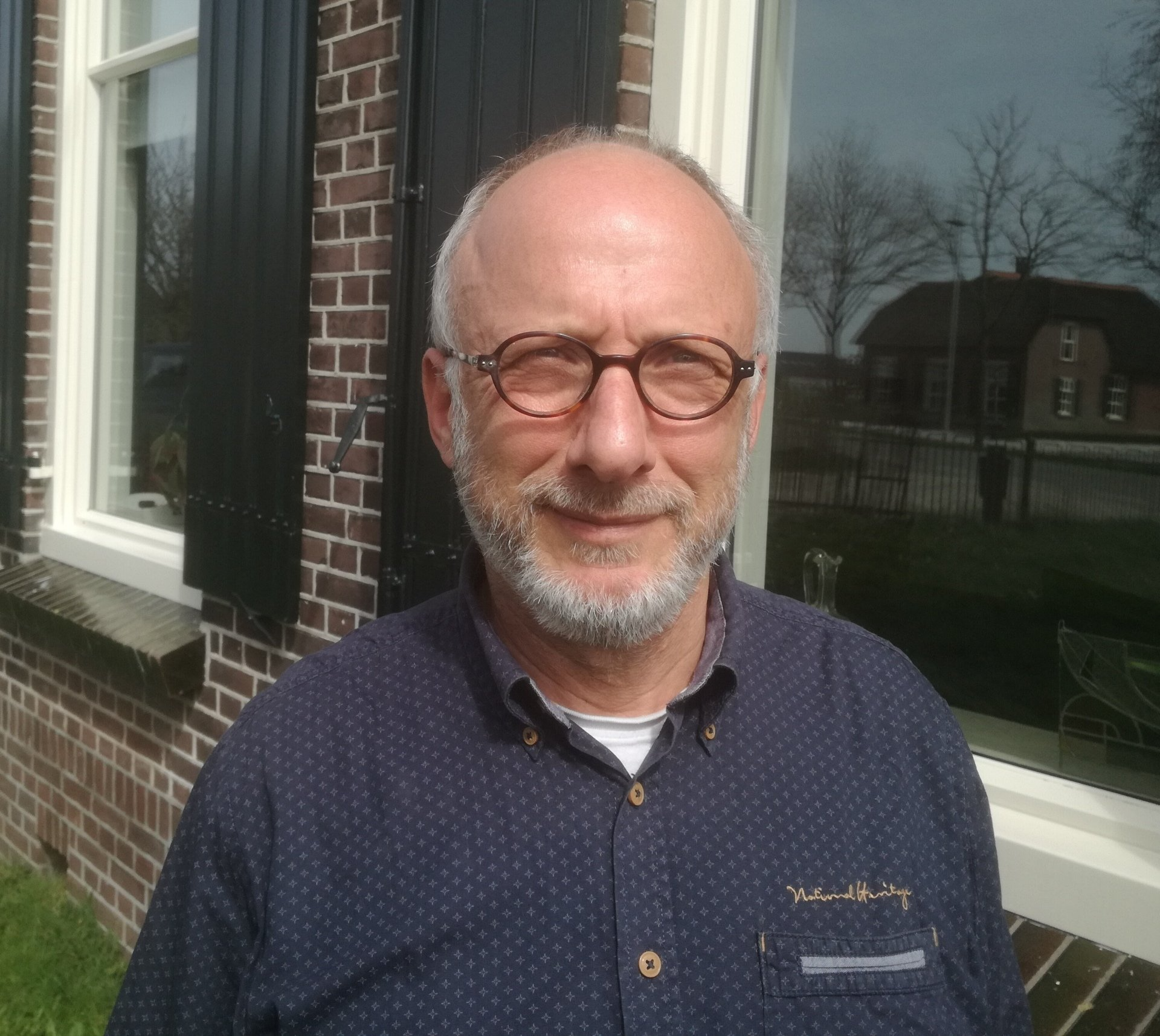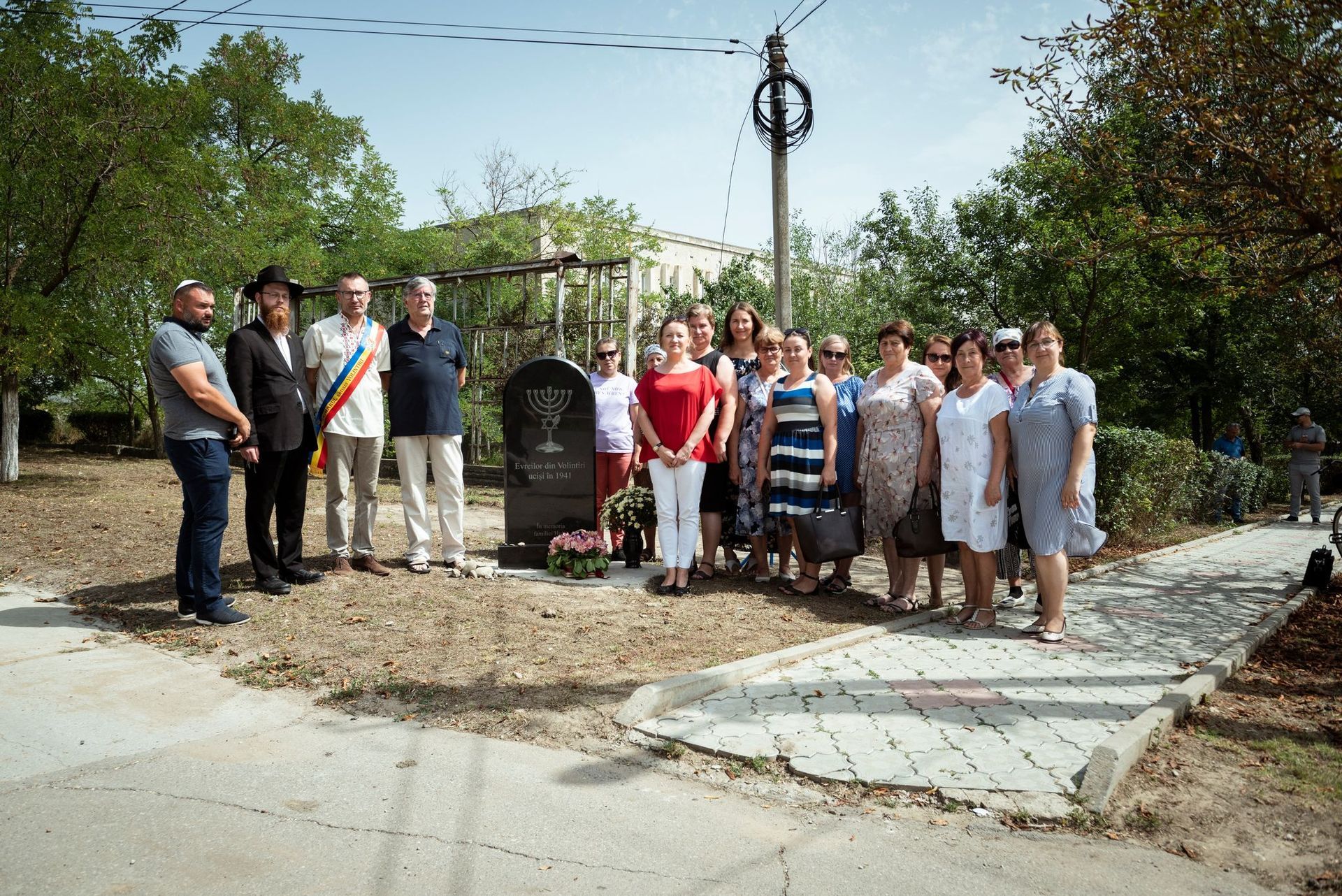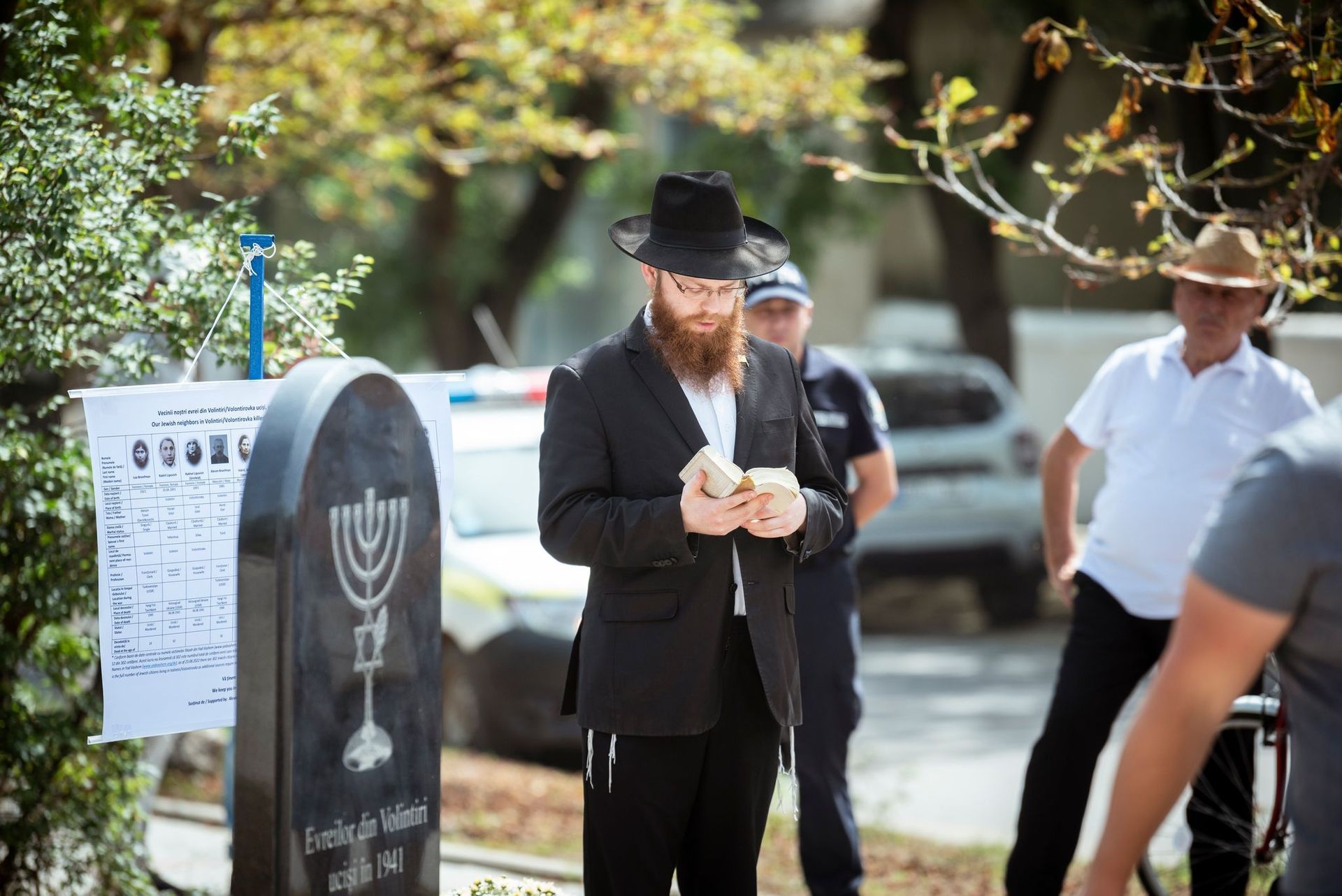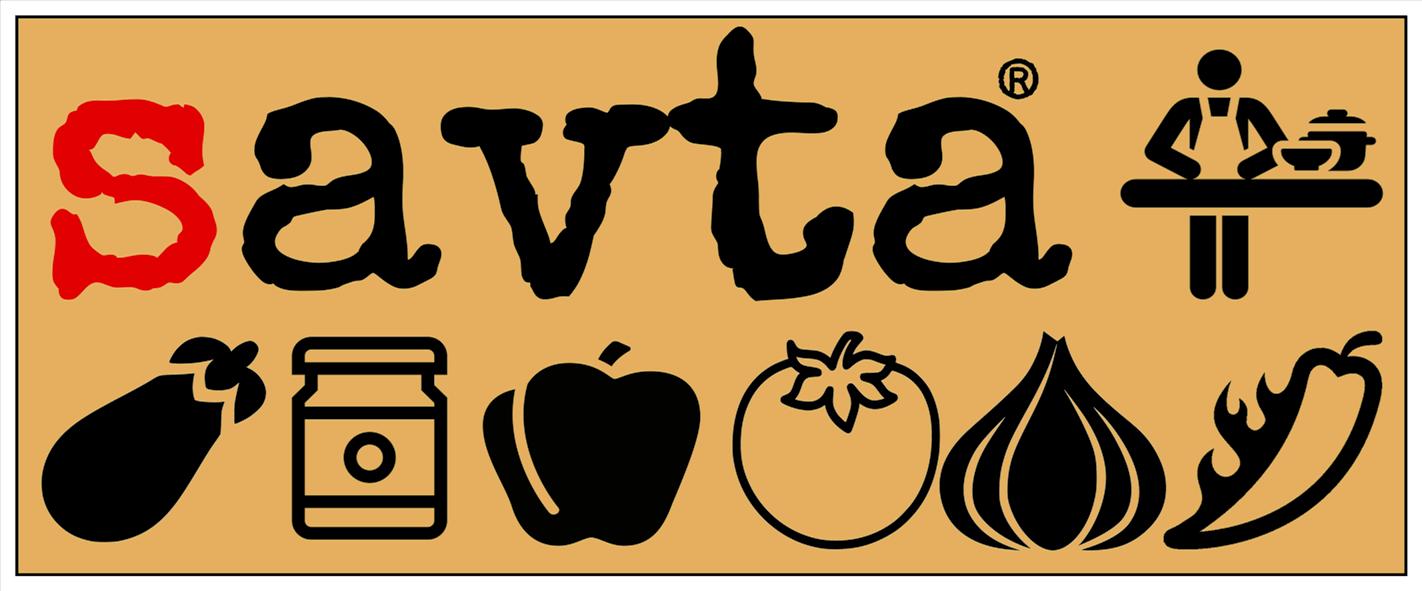
Dov Avnon - info@savta.shop





Acesta este primul capitol al unei cărți intitulate "Volintiri în dragoste". Este relatarea mea despre evenimentele din 1941 în care au fost uciși cei 420 de evrei din Volintiri. Bărbați, femei și copii. A trecut 80 de ani și este încă relevant. Nu poți vedea clar viitorul dacă nu îndrăznești să privești în trecutul tău. Nu meritau acest lucru și măcar atât putem face în 2022: să ne amintim de ei pentru ca acest lucru să nu se mai întâmple. Nu acum și nici peste 100 de ani sau mai mult.
My name is Dov Avnon born 31-7-1957 in Israel E-mail: info@savtashop https://www.facebook.com/Doveavnon/
Visiting Moldavia and the village Volintri.
I am painting in writing. I use the words to tell you about a time and places that people do not know any more or wish to forget. It is not about how good or not my English but about the story and the memory. I want to take you with me back in time to 1940 to a small village called volintiri.
Not many people heard about the republic of Moldavia or the village called Volintiri. My mother Naomi Hullin born in that village in 1919. She had two brothers, Buma/abraham Hullin and Yehuada Hullin and one sister Chaia Hullin. I named to my grandfather DOV (Berko) Hullin and my sister to my grandmother SARA Hullin . My grandfather had in that village a small factory for sun flower oil. In that small village, lived at that time about 400 Jews. My mother left that village in 1938 to Israel with the Gordonia movement. See Gordonia (youth movement). My mother oldest brother left Volintiri few years early, also to Israel to a kibutz.
Numele meu este Dov Avnon, născut la 31-7-1957 în Israel E-mail: info@savtashop https://www.facebook.com/Doveavnon/
În vizită în Moldova și în satul Volintri.
Pictez în scris. Folosesc cuvintele pentru a vă povesti despre un timp și locuri pe care oamenii nu le mai cunosc sau doresc să le uite. Nu este vorba despre cât de bună sau nu este engleza mea, ci despre poveste și memorie. Vreau să vă duc cu mine înapoi în timp, în 1940, într-un mic sat numit Volintiri.
Nu multă lume a auzit de Republica Moldova sau de satul numit Volintiri. Mama mea, Naomi Hullin, s-a născut în acel sat în 1919. Ea a avut doi frați, Buma/abraham Hullin și Yehuada Hullin și o soră, Chaia Hullin. Numele meu este al bunicului meu DOV (Berko) Hullin, iar sora mea al bunicii mele SARA Hullin . Bunicul meu avea în acel sat o mică fabrică de ulei de floarea soarelui. În acel mic sat, trăiau la acea vreme aproximativ 400 de evrei. Mama mea a plecat din acel sat în 1938 în Israel cu mișcarea Gordonia. A se vedea Gordonia (mișcare de tineret). Fratele mai mare al mamei mele a plecat din Volintiri cu câțiva ani mai devreme, tot în Israel, într-un kibutz.
Translated with www.DeepL.com/Translator (free version)
The Cemetery of Volontirovka (Volintiri)(download) Before 1917 Volontirovka was a shteitle in Akkerman Uezd in Bessarabia gubernia of the Russian Empire. Now it is part of the Ștefan Vodă District of Moldova Волонтировка кладбище, Волонтировка, Молдова Final report, Yefim Kogan, Апрель 30, 2019 Translation was done by members of Bessarabia SIG.
Introduction This cemetery was not known to our group until 2019, when Serghei Daniliuk, our researcher and photographer from the town of Causeni, Moldova found this cemetery. The cemetery is practicall destroyed. Address and coordinates: west side of the town, coordinates: 46°25'56.8"N 29°35'45.3"E Jews in Volontirovka Volontirovka was established between 1824 and 1828 by veterans of the Russo-Turkish war (1806-1812). For more about the town see wikipedia at https://en.wikipedia.org/wiki/Volintiri. 30 Jewish businesses were in town in 1924 with total of 10,050 population and 420 Jews lived in Volontirovka in 1930 from total of 6,370
Story from 1938 written by my mother Khinka Kogan (Spivak). There is no KehilaLink website for Volontirovka, but I have a story. It appears that my mother studied in Volontirovka for part of a year. Excerpt from our Family Book (Yefim Kogan) 1938 This happened in 1938. I was in 4th class of the gymnasium (8th grade). Fascism had already been in many countries in Europe, and had come to us. Fascists came to power in Romania, and the director of our school became one of them. The gymnasium back then was part government, part private, so you had to pay twice as much as before. In our class, only 12 students remained - two Moldavians and the rest were Jews. Once, one boy did something wrong, and they had him stay after for two hours. Out of solidarity, we stayed with him. When the director came by and saw us, he asked "why are you here?" We answered that we just stayed with him. So the directory turned that act into a political one. He yelled "Ah, so you're communists! You'll be expelled." We got really scared, and changed our answers, saying that the 7 boy asked us to stay because he had a headache. The director still expelled us for a week, first questioning all of us separately, like criminals. The chairman of Parents' Committee, doctor Feldman stood up for us - he's the father of Ozia Fledman, the professor from Moscow, whom you know. After that, we were taken back, but soon the school was closed due to financial troubles, and we were left overboard. Everyone went their separate ways, and some stopped studying altogether. I moved to another township - Volontirovka, near Kaushan. Right around Purim, fascism was overthrown - the Soviet Union put forth an ultimatum that if Romania didn't get rid of the fascist party, the Soviet Union would move into Bessarabia. Thus it continued until June 29, 1940, at which point we were "freed." That's the sort of uneasy youth we had, and it was great.








